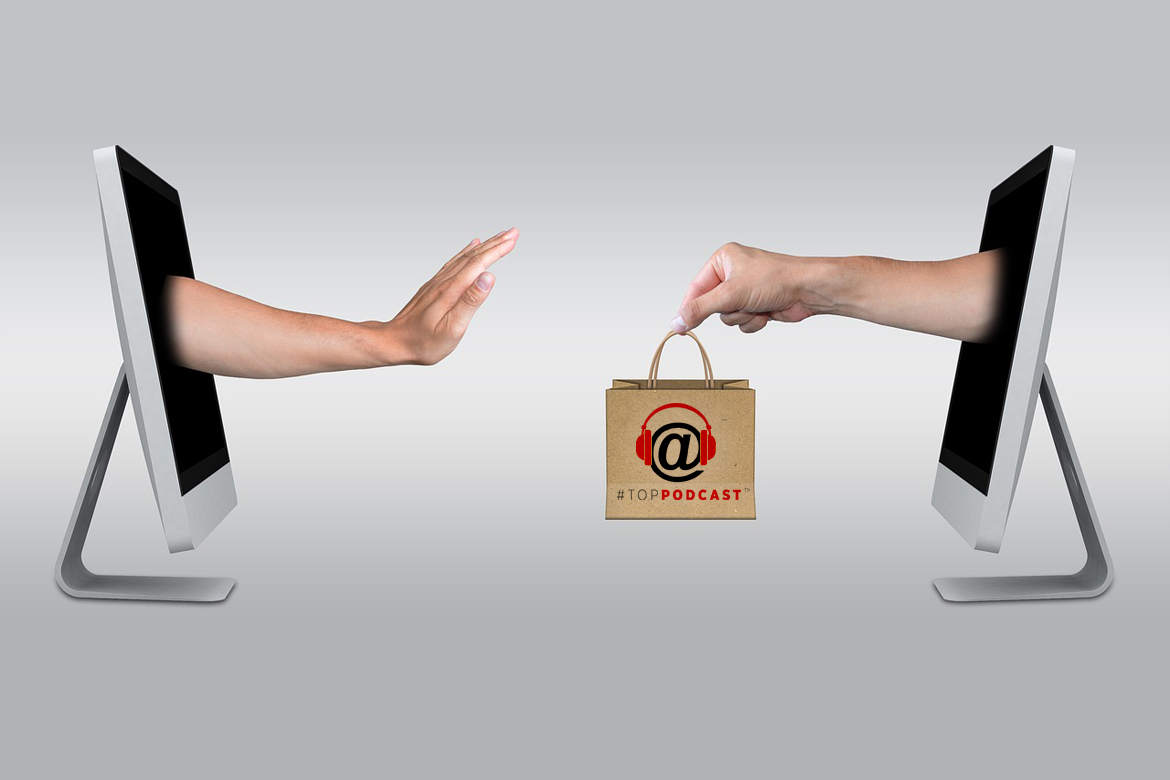One quick glance at the brands that are currently advertising within the podcast space and you’ll find that main street has fully embraced the podcast medium. Brands such as Volvo, Chase, Master Card, Geigo, and L’Oreal are now aggressively advertising in the space.
Before traditional household names, brands like Blue Apron, WIX, Casper, Square Space, and Zip Recruiter were dominating the space, committing to annual agreements within specific shows in order to box out their competitors from placing ads within specific shows.
Within the podcast medium, brand exclusivity and share-of-voice is a huge piece of the attractiveness for advertisers. For instance, if you choose to place an annual buy on a top show, you basically will lock your competitors out of any angle to advertise within a specific top podcast. Smart brands recognize this, hence they make their annual buys in November/December. Brand exclusivity is huge to a podcast advertisers…and share of voice is a major reason podcast advertising is successful….due to the fact that their message is not diluted within the clutter we hear more often than not within radio-stop-sets.
Here are five of the top reasons brands are falling in love with the platform:
1. HOSTS ARE INFLUENCERS – PROVIDING THE ULTIMATE REFERRAL
Podcasts (and their hosts) develop loyalty and trust with their audience. Ultimately, a loyal listener develops a strong kinship with the hosts. Hence, it’s natural that they support the brands that support the podcasts. Hosts-read ads are organic, they are natural, and believe it or not, many listeners are curious what brands the hosts will be endorsing. More often than not, harnessing the power of a ‘host-read’ ad, it comes across as personal and organic. Statistics prove out that th audience is more likely to research or check a brand out when they hear it promoted by their favorite hosts.
2. NATIVE CONTENT IS KING TO ADVERTISERS
How to you get your product to come across as natural? How do you find something you trust? When you listen to a host-read ad within a podcast, you are embedding your brand in the fabric of the show. ‘Baked-in’ host-read ads deliver lean-in messaging that the prospective consumer is more likely to consider. The more often they hear the ad delivered by their trusted host, the more likely the audience is going to act. Brands are spending more money today on native content than they ever have in the past. Native advertising stands out from background branding campaigns. And they’ve found a natural medium that delivers an authentic message.
3. AUTHENTICITY MATTERS – A HOST TRIES, TASTES, AND USES THE PRODUCT
To really drive a message home, brands are providing their products to the hosts to use before implementing a campaign. Hosts typically ‘test-try’ a product before submitting their audience to it. Just as important, most hosts have the ability to approve with ads that are dropped within their show. For a host-read ad, it usually is approved by the host, how more often than not, uses the product. And this translates into an authentic connection with the audience, the host, and the brand.
4. ATTRIBUTION TELLS THE STORY: OVER 60% HAVE RESEARCHED OR BOUGHT SOMETHING THEY’VE HEARD
Yes, we can’t discount this statistic. Well before Nielsen validated the power of podcast ads and before the medium became sexy, comScore told us that ‘people prefer ads in podcasts over any other digital medium.’ This is HUGE. While this study was conducted years ago, it was a broad-based study with 2,000 U.S. respondents ages 18-49 and found that two-thirds of listeners have acted on ads they’ve heard in a podcast (researching or actually purchasing). This is a statistic other digital platforms would die for.
5. PODCAST LISTENERS HAVE YEARS OF BRAND LOYALTY TO GIVE
It can’t be understated the value of an affluent podcast audience. Particularly, the organic messaging to an engaged audience that hears an endorsement directly delivered form people they trust. As we continue to traverse the current ‘renaissance of audio’, podcast listeners bring years of brand loyalty to advertisers that choose to enter the medium.
Still not convinced Podcast Advertising is for you? Reach out to TopPodcast.com and we’re happy to share more insight and do the research for you and your brand!




















 Our TOPPODCAST Picks
Our TOPPODCAST Picks  Stay Connected
Stay Connected